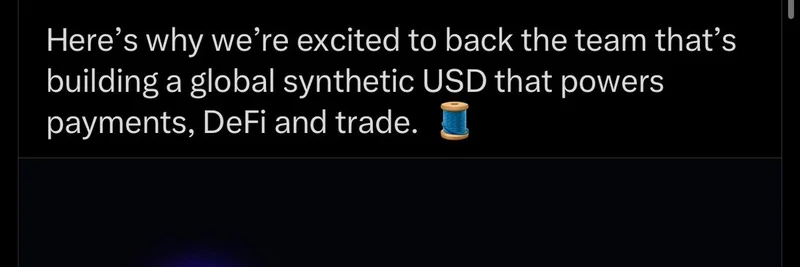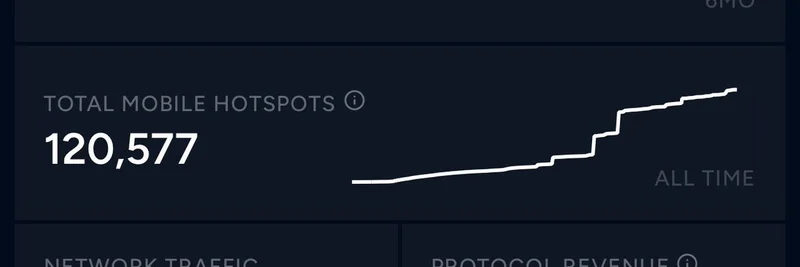Jake Brukhman, the founder and CEO of CoinFund, recently took to X to warn the community about a security breach. In his post, he stated: "Please be advised the @coinfund_io account has been compromised. Please do not interact with it until further notice. Do not engage with any posts or DMs for now."
This alert came after the official CoinFund account posted what appears to be a fraudulent announcement about leading a $5M Series A funding round for a project called OmneraUSD, associated with the token $OMMN. The post claimed excitement over backing a team building a global synthetic USD for payments, DeFi, and trade.
Understanding the Incident
In the fast-paced world of cryptocurrency, account compromises like this are unfortunately common. Hackers often gain access through phishing attacks, weak passwords, or social engineering tactics. Once in control, they post misleading information to manipulate markets or trick users into scams.
In this case, the fake post promoted OmneraUSD as a legitimate investment opportunity backed by a reputable VC firm like CoinFund. A quick search reveals no credible information about OmneraUSD or $OMMN as a real project—it's likely a fabricated token designed to lure unsuspecting investors into buying worthless assets or sending funds to scammer wallets.
CoinFund is a well-known venture capital firm in the blockchain space, investing in innovative projects across DeFi, NFTs, and infrastructure. Their endorsement carries weight, which is why hackers target such accounts to add credibility to their schemes.
Why This Matters for Meme Token Holders
Meme tokens, like Dogecoin, Shiba Inu, or newer entrants like Pepe, rely heavily on social media buzz, community hype, and viral marketing. This makes the sector particularly susceptible to manipulation. Scammers can hijack trusted accounts to pump fake or low-liquidity tokens, creating FOMO (fear of missing out) that drives quick buys.
For instance, if a hacked account from a VC like CoinFund announces "investment" in a meme token, it could spike the price temporarily, allowing hackers to dump their holdings for profit. This is known as a "pump and dump" scheme. Meme token investors, often drawn by quick gains, need to be extra vigilant.
Blockchain practitioners and meme enthusiasts should remember that true value in crypto comes from utility, community strength, and transparent development—not just hype from a single post.
Tips to Stay Safe in the Crypto Space
To protect yourself from similar incidents, here are some straightforward steps:
Verify Sources: Always double-check announcements on official websites or multiple channels. For CoinFund, visit coinfund.io for real updates.
Enable Two-Factor Authentication (2FA): Use app-based 2FA instead of SMS to secure your accounts.
Be Skeptical of Unsolicited DMs: Never click links or share wallet info from direct messages, even if they seem from trusted sources.
Use Hardware Wallets: Store your meme tokens and other assets in cold storage like Ledger or Trezor to minimize online risks.
Research Tokens Thoroughly: Before investing in any meme token, check its contract on platforms like Etherscan, review the team, and assess community sentiment on forums like Reddit or Discord.
Monitor for Red Flags: Unrealistic promises, anonymous teams, or sudden hype without substance are warning signs.
The Bigger Picture in Blockchain Security
This event underscores the ongoing challenges in crypto security. As the industry grows, with meme tokens bringing in new users through fun and accessible entry points, education becomes crucial. Projects like Worldcoin (mentioned in other recent discussions by Brukhman) aim to enhance identity verification, potentially reducing such exploits in the future.
At Meme Insider, we're committed to keeping you informed about the latest in meme tokens and blockchain tech. Stay tuned for more updates, and remember: in crypto, diligence is your best defense.
If you've encountered similar scams or have tips to share, drop them in the comments below. Let's build a safer community together.



